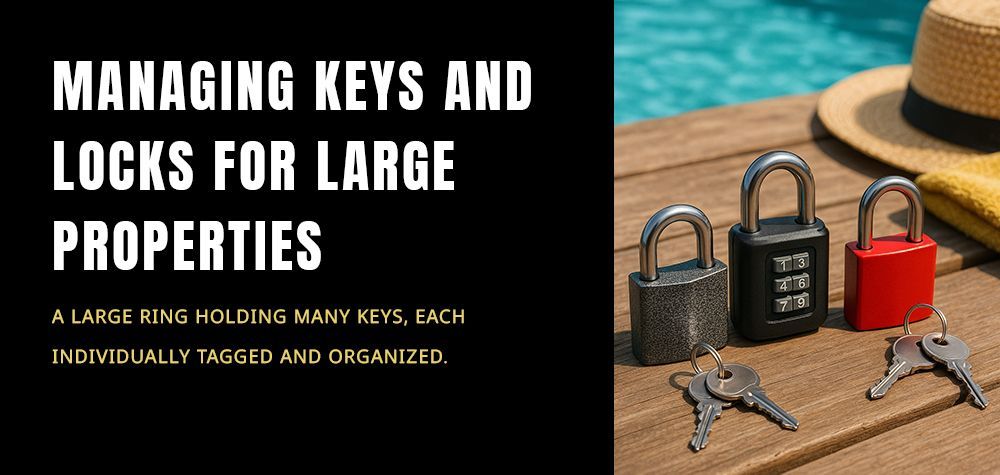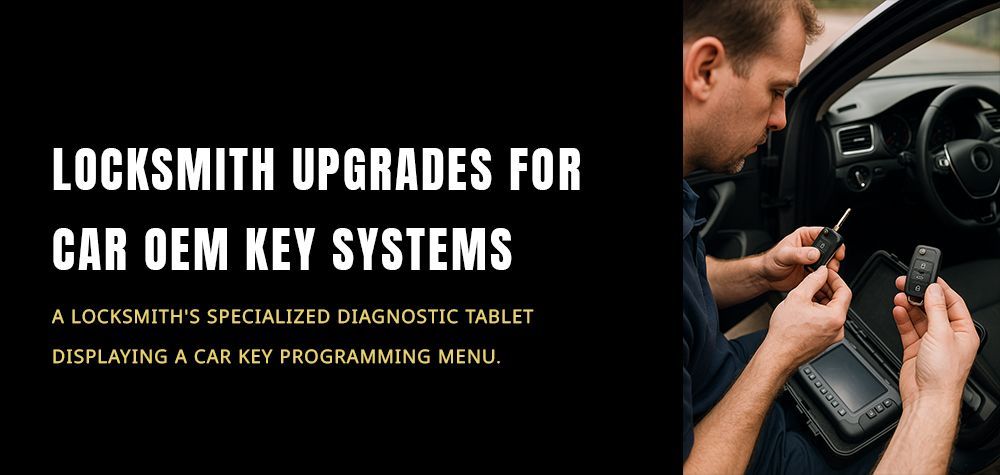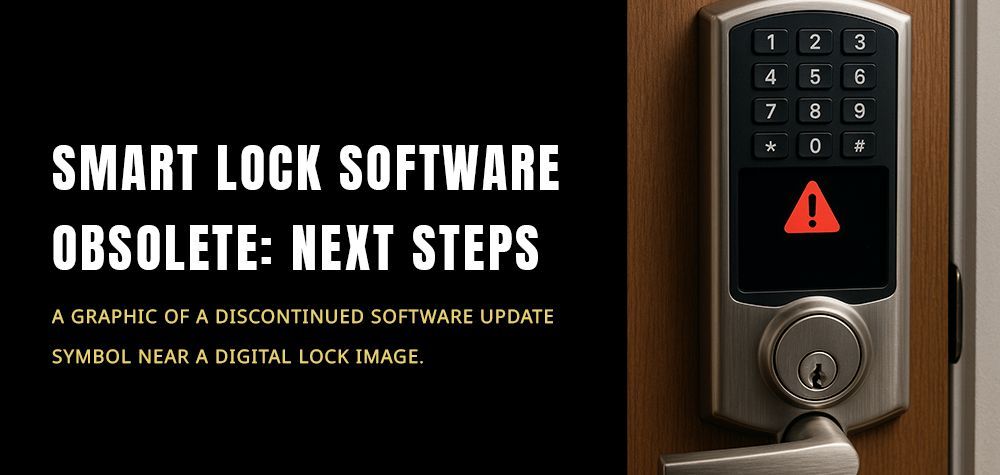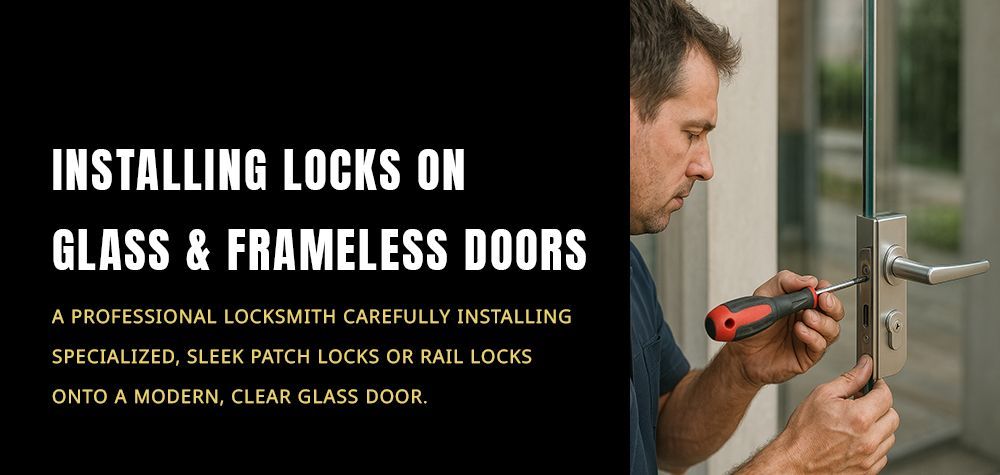Lock Picking 101: A Complete Guide
People, for some reason, perceive lock picking to be an arduous task. But in reality, it is as easy as you see in movies. All you need is the right tool and the right information and you’ll pick that stubborn lock right away. In this article, I’ll give you the tools you need to make lock picking an effortless task. And for the right information, just keep reading.
I’ll make you an expert in picking locks. All the information you need is in this guide.
Learning this won’t just assist you in opening locks with a misplaced key, or with a key locked inside. It will also teach you how locks work and help buy a more secure one.
Let’s get started!
What Is Lock Picking?
Before I begin to discuss the step-by-step method of picking a lock, let me be sure that you understand for real the complete definition of lock picking. Here it is:
To lock pick means to open a lock without a key in a way that the lock will still be in good condition after the operation. To the lock, it was opened with a key. To you, it was opened with some special tools.
How Easy Is Lock Picking?
It’s a misconception gotten from the blues that lock picking is as difficult as rocket science. But the truth is that, not only is it easy to learn, but it’s also easy to apply. I learned the basics of how key locks in under two minutes. And I successfully picked my first lock under five minutes. Although some locks are more difficult to pick than others, a basic understanding of lock picking is enough information to help you pick the majority of keys today.
The Pin Tumbler
Remember, to the lock it was opened with a key. This means you need to find tools that can perfectly mimic the presence of a key. But what kind of tools can do this mimicking? Well, that strongly depends on the type of lock in place. In this session, I will briefly discuss the most common type of lock — the pin tumbler lock.
To describe the mechanism of the pin tumbler lock, let me show you the components of the lock.
1. Housing
This is the metallic casing of the lock. It houses all the components of the locking device. It is sometimes called the lock cylinder or the bible.
2. Plug
It is sometimes called the core. When you insert your key and rotate it, the part of the lock that rotates is called the plug. It is the hole in which you insert your key. The lock only opens when the plug rotates.
3. Shear line
This is the line created when the pins are properly aligned. When the right pin is inserted, all pins align in this line, and the plug freely rotates. If even a single pin refuses to align along the shear line, the lock won’t open.
4. Key pins
The key pins are of different heights, and the key has cuts that fit each height. You can see the difference in the height of the key pins in the different cuts of the key. And that’s why we don’t have straight keys. Once your key is inserted inside the lock, it compliments the height of each pin and pushes the pins until they are all aligned along the sheer line.
5. Driver key
These are the upper set of pins. Their role is to obstruct the shear line and prevent the plug from freely rotating without the introduction of the appropriate key.
6. The spring
This allows the pins to go back to their original positions once the key is removed.
Lock Picking Tools
Many people consider tool selection as one of the most confusing tasks in lock picking. Thanks to the variety of tools in existence for that purpose. But when it comes to picking the pin tumbler lock, there are three different types of tools that can do the job for you. Let me list them for you here:
1. Hooks
The hooks are of different sizes and thicknesses. They are narrow and pointy. Because of how narrow they are, they can freely move in the plug. Their pointy nature allows them to freely pick on key pins and individually manipulate them. This makes them the perfect tool for single pin picking
2. Rake
The rake, almost opposite to the hook, is not designed straight. But the pointy mouth is in a zigzag form. This makes the rake a choice tool for a novice in lock picking. They are designed to randomly and rapidly move multiple pins at the same time.
How to Pick Locks
Having prepared you with all the important information you should be abreast with it before knowing the very art of lock picking itself. Let me show you the step-by-step guide to picking locks. They are two basic methods of picking the pin tumbler locks. Here they are:
1. Raking
You will need to get your rake ready for this process. It’s the easiest possible method of lock picking. Although you will still need a basic understanding of the components you are dealing with, you can do this without understanding what is happening inside the lock as you insert the pick.
Here are the steps:
- Insert your rake into the keyway.
- Thrust the rake in and out of the keyway.
- As you thrust, move the rake up and down in the keyway.
- Keep repeating steps 2 and 3.
- Click! There you go.
Using the raking method, you need zero skills to be successful. However, it’s not a reliable method. That’s why I have put together the method called, Single Pin Picking (SPP) method for you. If raking didn’t do the job, then this is for you.
2. Single Pin Picking
SPP, a more technical lock-picking method, is just as it sounds. You will be moving key pins individually till they are all aligned along the sheer line. A hook is the choice tool for this operation as it can single-pick all pins with its pointy end.
- Here are the step-by-step needed.
- Insert the hook into the keyway.
- Move each pin starting from one end.
- Keep moving each pin till you get to the other end.
- Ignore any springy pins.
- You should be able to lift all pins without resistance or spring pressure.
- Repeat steps 2 to 4.
- Click! There you go.
Still didn’t unlock?
For basic locks like the pin tumbler, either of these two methods should click it open. If you religiously followed all laid down steps and it refused to open, then you are probably dealing with a more sophisticated lock. You need a professional to intervene.
Here at Brothers Locksmith, no lock is impossible to pick. We take pride in being a top-rated lock service. Reach out to us to pick that lock that seems impossible to lock at an affordable price. We are at the service of everyone that needs our help at Phoenix. Contact us now.
Call Us Any Time!









